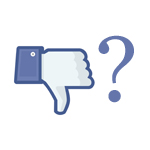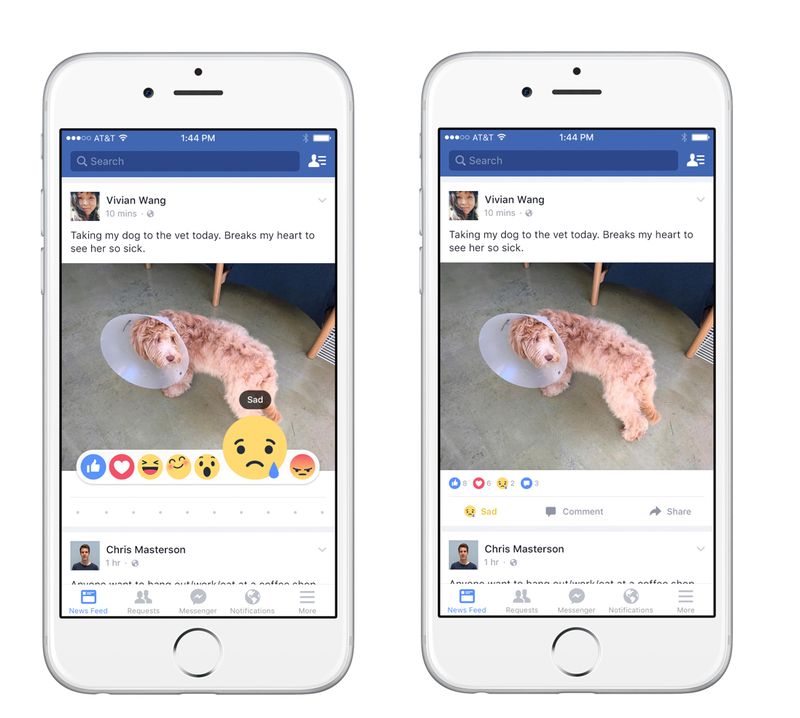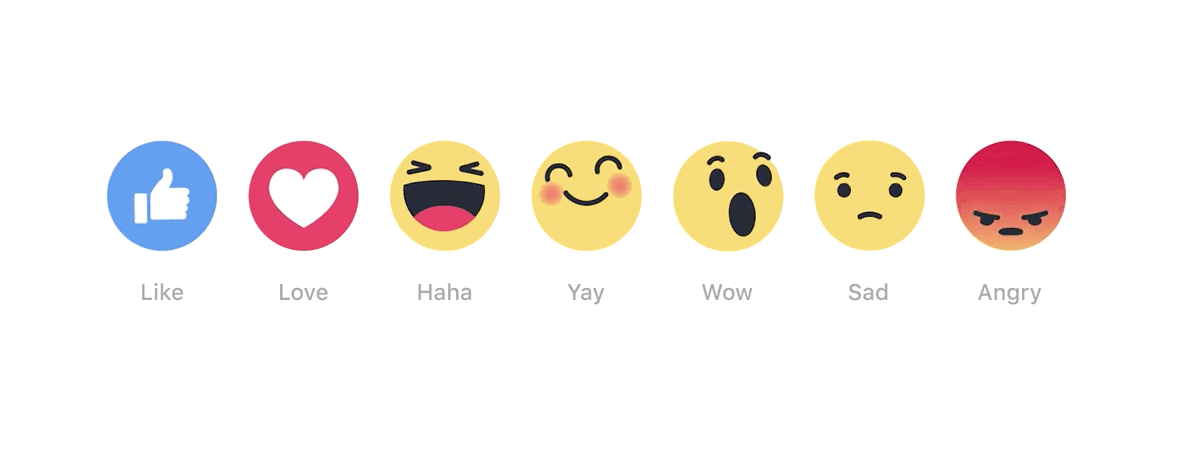 In September 2015, Facebook's Mark Zuckerberg announced that the company was working on a "dislike" to accompany the popular "like" button. He said that the feature would reflect a more nuanced expressivity than the social network's famously positive "like".
In September 2015, Facebook's Mark Zuckerberg announced that the company was working on a "dislike" to accompany the popular "like" button. He said that the feature would reflect a more nuanced expressivity than the social network's famously positive "like".
"People have asked about the dislike button for many years," he said. "We've finally heard you and we're working on this and we will deliver something that meets the needs of the larger community."
He clarified that Facebook has found that users don't want to vote down others, but instead would like to express support when someone shares something sad.
"What [users] really want to express is empathy. Not every moment is a good moment, right? And if you are sharing something that's sad, like whether it's something in current events like the refugee crisis that touches you or a family member passed away, then it may not be comfortable to 'like' that post."
To answer the demand, Facebook launched the Reaction as a feature for users to dislike something. Facebook started Reaction on October 7th, 2015, with a set emoji icons.
Related: Facebook filed patent about "user emotional reaction with content items
The Reaction feature is "not a 'dislike' button, though we hope it addresses the spirit of this request most broadly,” said Facebook Chief Product Officer Chris Cox wrote in a post on Facebook. "We studied which comments and reactions are most commonly and universally expressed across Facebook, then worked to design an experience around them that was elegant and fun."
With Reaction, users can hold down the "like" button of a post to launch a popup showing six well-known emoji icons: angry, sad, wow, yay, haha, love, and not to mention the traditional "like". For those emotions to be shown, posts can now show reaction counts alongside the number of comments.
Initially available in Ireland and Spain, Facebook's Product Manager Chris Tosswill said in a blog post that the company will learn from this initial rollout to see what works and what doesn't before making the change for all users.
Facebook's former Chief Technology Officer, Bret Taylor, was credited for creating the original "like" button. He said that the "like" was conceived as a way to acknowledge a post, much in the way people nod during conversations with friends. Since then, Facebook expanded the "like" feature across the site, and beyond by creating a plugin upon it so users can use it elsewhere on the web.

More Ways To Engage, More Ways For More Data
With a new set of ways for users to express their feelings about a certain post, Facebook is indeed having more ways to get more insight about what interests its users.
Using Reaction and its emoji icons, Facebook is creating a more controlled environment where it can deeper understand each of its users' feelings about something, as well as their responses to things on their news feed.
By understanding more about its users, Facebook can target better contents and ads to them. For publishers and Page owners, the feature is also finding its way to the analytics board. Overall, the Reaction feature is a win solution for a data-driven company, especially for Facebook.
But that doesn't necessarily translates to more engagement.
Bret Taylor said that adding features is tricky. This is because new features won't always lead to more engagement, or something that Facebook really wants to keep people stay longer using its services. A "like" button is simple and straightforward. It's Facebook's most well-known feature that competes with Twitter's tweet, among others.
But Facebook is already complicated and sophisticated as it is (was). Adding the dislike feature is like adding cognitive load for users, something that Facebook isn't that keen on doing.
